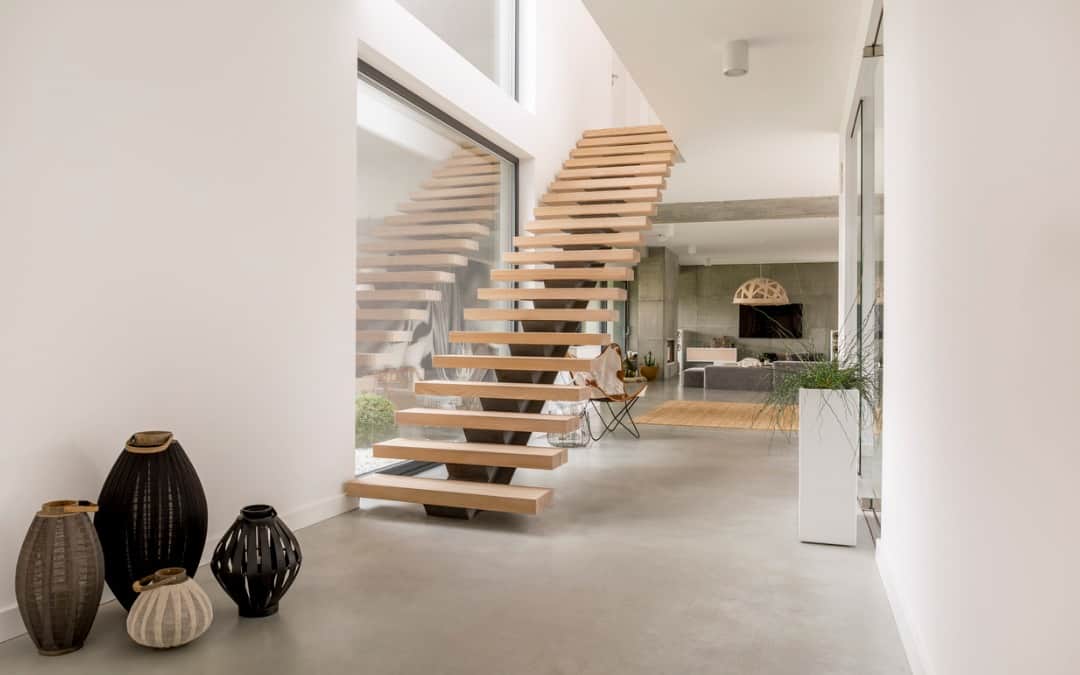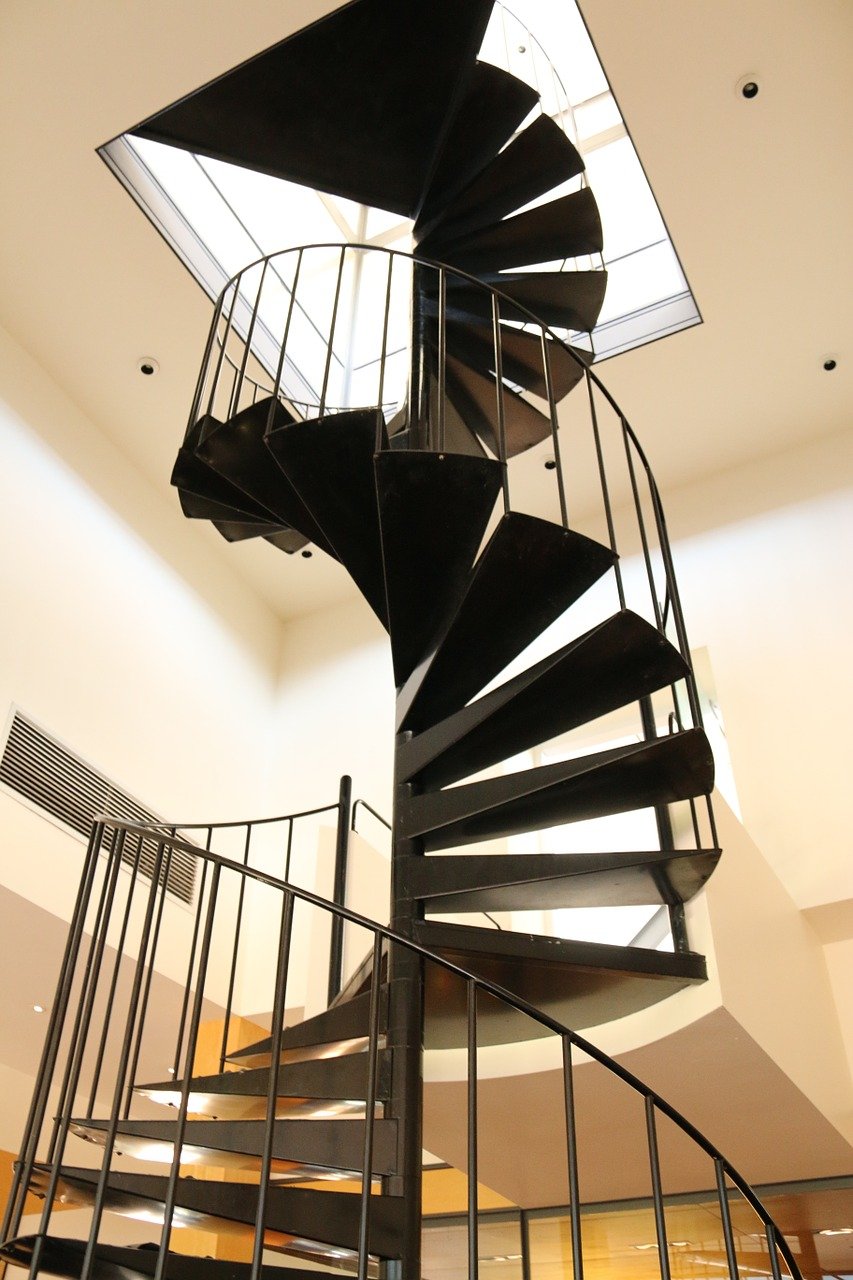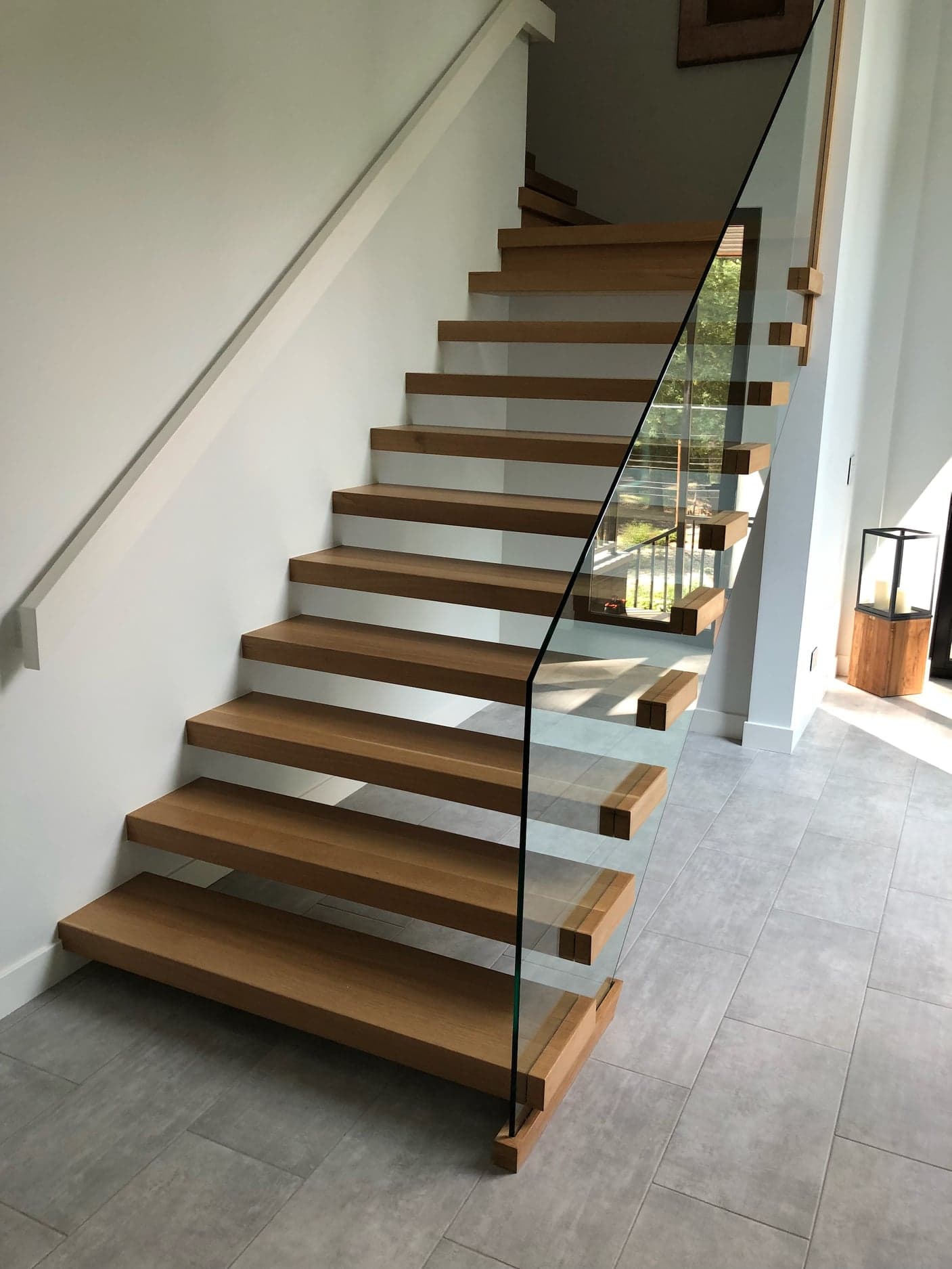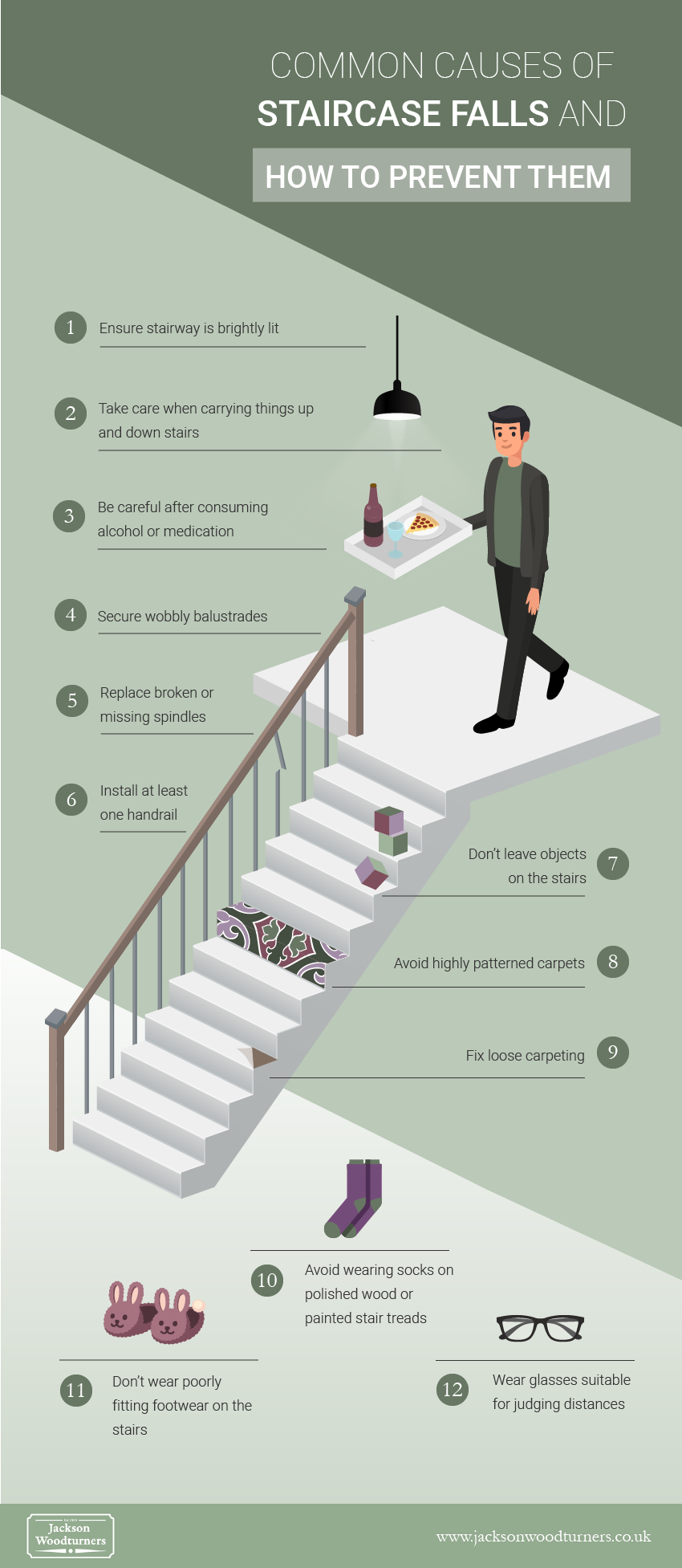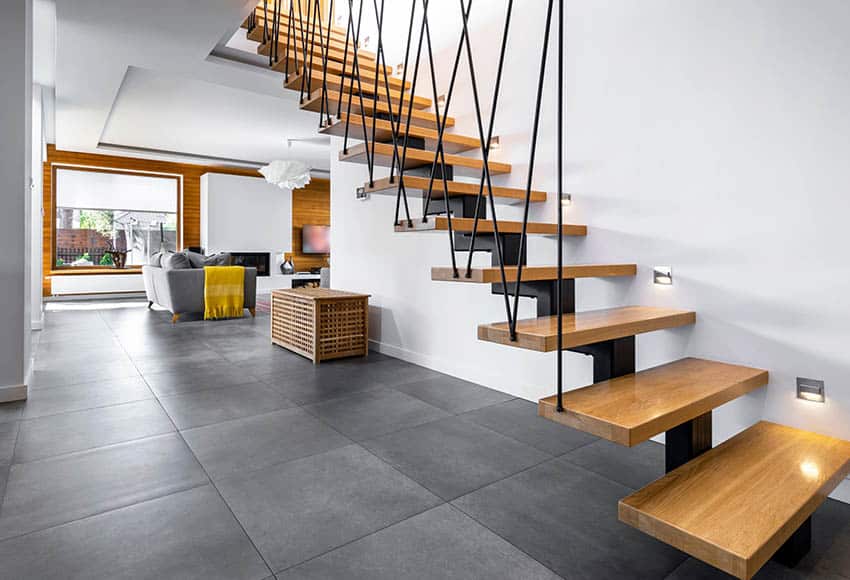1. Floating Staircases: Design and Construction
When it comes to modern and unique home design, floating staircases have become a popular choice among homeowners. These staircases are designed to give the illusion of floating in mid-air, creating a stunning visual effect. But how are these staircases constructed? Let's take a closer look.
First, the design process involves creating a detailed plan and layout of the stairs. This includes determining the number of steps, riser height, and tread depth. It is important to consider the overall aesthetic of the home and the functionality of the stairs.
Once the design is finalized, the construction process begins. The first step is to install a metal or wooden support structure, which will act as the base for the stairs. Then, each step is individually attached to the structure, creating the floating effect.
2. Floating Stairs: Ideas and Inspiration
There are endless possibilities when it comes to designing floating stairs for your home. Whether you prefer a minimalist and modern look or a more traditional and rustic style, there is a design to fit your taste.
One popular idea is to incorporate lighting into the stairs, creating a dramatic effect. This can be achieved by installing LED lights along the sides of each step or embedding them directly into the steps themselves. This not only adds visual interest but also improves safety by illuminating the stairs at night.
Another idea is to use different materials for the steps, such as glass or wood, to create a unique look. You can also choose to have open risers or add a handrail for added support.
3. Floating Stairs: Pros and Cons
Like any home design element, floating stairs have both advantages and disadvantages. On the plus side, they can add a modern and visually striking touch to any home. They also take up less space compared to traditional stairs, making them a great option for smaller homes.
However, one downside is that they can be more expensive to install compared to traditional stairs. They also require more maintenance, as the steps need to be regularly checked for stability and any signs of wear and tear.
It is important to consider all factors when deciding if floating stairs are the right choice for your home.
4. Floating Stairs: Materials and Cost
The materials used for floating stairs can greatly impact the overall look and cost. The most common material is wood, which can range from affordable pine to more expensive options like oak or mahogany.
Metal is also a popular choice for its durability and modern aesthetic. Stainless steel or wrought iron can be used for the support structure, while aluminum or steel can be used for the steps.
The overall cost of floating stairs will depend on the chosen materials, the complexity of the design, and the installation process. It is recommended to get quotes from different contractors to compare prices and find the best option for your budget.
5. Floating Stairs: Installation Guide
The installation process for floating stairs can be complex and should only be done by a professional. It is crucial to ensure that the support structure is securely attached to the wall and the steps are properly installed to ensure safety and stability.
The installation process will also vary depending on the chosen materials. For example, glass steps may require additional support and careful handling during installation.
It is important to communicate with the contractor and ask any questions you may have before and during the installation process to ensure that you are satisfied with the end result.
6. Floating Stairs: Maintenance Tips
To keep your floating stairs looking their best, regular maintenance is key. This includes cleaning the steps and support structure regularly to remove any dirt or debris. It is also important to check for any signs of wear and tear and address them immediately to prevent any potential safety hazards.
If your stairs have wooden steps, it is recommended to seal them with a protective coating to prevent damage from foot traffic and spills. For metal steps, a rust inhibitor can be applied to prevent corrosion.
7. Floating Stairs: Safety Measures
As with any stairs in your home, safety should be a top priority when it comes to floating stairs. When designing and installing floating stairs, it is important to follow safety codes and regulations to ensure that the stairs are safe for use.
It is also important to regularly check the stairs for any signs of instability or damage and address them immediately. Installing a handrail can also provide added support and safety for those using the stairs.
8. Floating Stairs: Custom Designs
One of the great things about floating stairs is that they can be customized to fit your specific design preferences. Whether you want a curved staircase or a more traditional straight one, a professional contractor can work with you to create a custom design that fits your home perfectly.
You can also choose from a variety of materials, finishes, and accents to create a one-of-a-kind look for your floating stairs.
9. Floating Stairs: DIY vs Professional Installation
While there are many DIY tutorials and kits available for floating stairs, it is highly recommended to hire a professional for installation. As mentioned before, installation can be complex and requires precision and experience to ensure safety and stability.
A professional contractor will also be able to provide guidance and advice on the best materials and design for your specific needs and budget.
10. Floating Stairs: Unique Designs and Features
Finally, floating stairs offer endless possibilities for unique designs and features. Some homeowners choose to incorporate storage space underneath the stairs, while others opt for a spiral or curved design.
If you have a specific vision in mind for your floating stairs, don't be afraid to communicate it with your contractor. They can work with you to bring your ideas to life and create a truly unique and stunning feature in your home.
Floating Stairs: The Modern Solution for Stunning House Design

Contemporary and Sleek Design
 When it comes to house design, homeowners are constantly seeking innovative and modern solutions that will elevate the overall look and feel of their space. This is where
floating stairs
come in. These architectural wonders are not only functional but also add a touch of contemporary elegance to any home.
Unlike traditional stairs that are supported by a central structure,
floating stairs
are designed to appear as if they are floating in mid-air. This illusion is created by attaching the stairs to the wall using specialized brackets and supports. This minimalistic design not only looks visually appealing but also creates an open and spacious feel in any room.
When it comes to house design, homeowners are constantly seeking innovative and modern solutions that will elevate the overall look and feel of their space. This is where
floating stairs
come in. These architectural wonders are not only functional but also add a touch of contemporary elegance to any home.
Unlike traditional stairs that are supported by a central structure,
floating stairs
are designed to appear as if they are floating in mid-air. This illusion is created by attaching the stairs to the wall using specialized brackets and supports. This minimalistic design not only looks visually appealing but also creates an open and spacious feel in any room.
Customizable and Versatile
 One of the biggest advantages of
floating stairs
is their versatility. They can be customized to fit any space and can be made from a variety of materials such as wood, glass, or metal. This allows homeowners to choose a design that complements their overall interior style.
Moreover,
floating stairs
offer a wide range of configurations, including straight, L-shaped, and U-shaped, making them suitable for both small and large homes. They can also be combined with different railing options, such as glass or cable, to add a touch of sophistication to the overall design.
One of the biggest advantages of
floating stairs
is their versatility. They can be customized to fit any space and can be made from a variety of materials such as wood, glass, or metal. This allows homeowners to choose a design that complements their overall interior style.
Moreover,
floating stairs
offer a wide range of configurations, including straight, L-shaped, and U-shaped, making them suitable for both small and large homes. They can also be combined with different railing options, such as glass or cable, to add a touch of sophistication to the overall design.
Maximizing Natural Light
 Another benefit of
floating stairs
is their ability to maximize natural light in a home. The open design allows light to pass through, creating an airy and bright atmosphere. This is especially beneficial for homes with limited natural light, as it helps create the illusion of a larger, more open space.
Another benefit of
floating stairs
is their ability to maximize natural light in a home. The open design allows light to pass through, creating an airy and bright atmosphere. This is especially beneficial for homes with limited natural light, as it helps create the illusion of a larger, more open space.
Functional and Safe
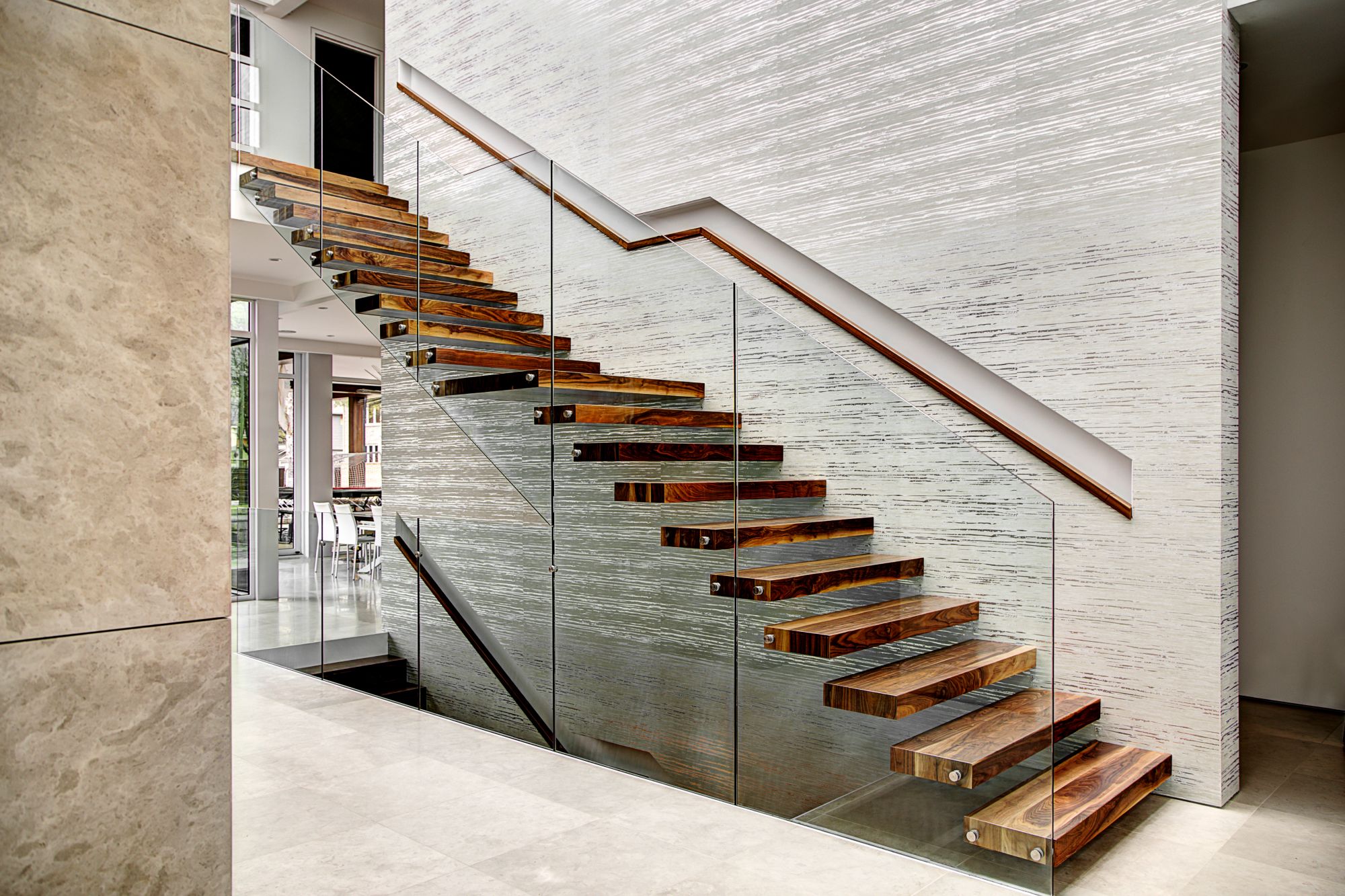 Despite their minimalistic design,
floating stairs
are just as safe and functional as traditional stairs. They are built to withstand the weight of multiple individuals and are designed to meet safety standards. Additionally, the lack of risers in
floating stairs
minimizes the risk of accidents and makes them easier to clean.
In conclusion,
floating stairs
are a modern and versatile solution for homeowners looking to add a touch of elegance and functionality to their house design. With their customizable design, ability to maximize natural light, and safety features, they are a perfect choice for any contemporary home. So why settle for traditional stairs when you can have a stunning and functional feature with
floating stairs
?
Despite their minimalistic design,
floating stairs
are just as safe and functional as traditional stairs. They are built to withstand the weight of multiple individuals and are designed to meet safety standards. Additionally, the lack of risers in
floating stairs
minimizes the risk of accidents and makes them easier to clean.
In conclusion,
floating stairs
are a modern and versatile solution for homeowners looking to add a touch of elegance and functionality to their house design. With their customizable design, ability to maximize natural light, and safety features, they are a perfect choice for any contemporary home. So why settle for traditional stairs when you can have a stunning and functional feature with
floating stairs
?














